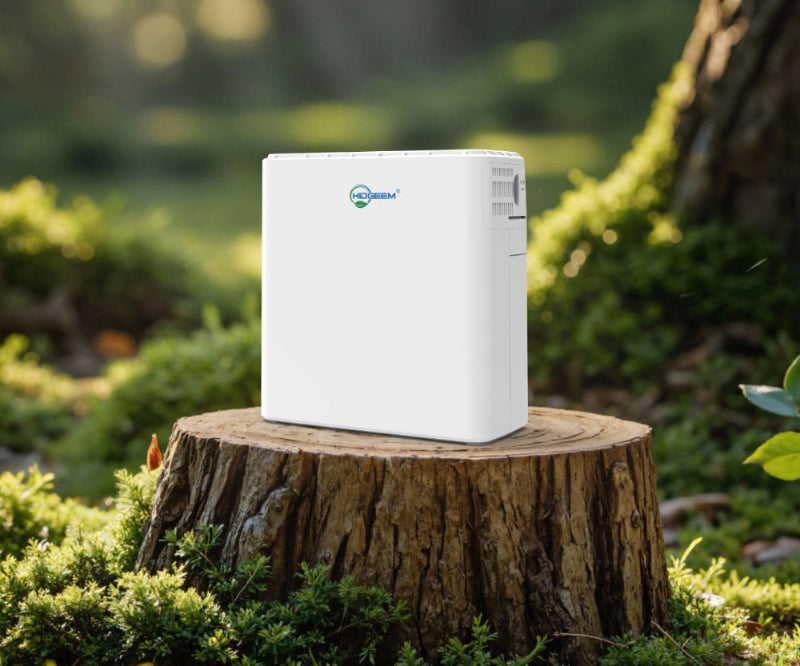
The Benefits of Using a Portable Oxygen Concentrator for COPD Patients
What Is COPD?
COPD, or Chronic Obstructive Pulmonary Disease, is a progressive lung disease that impairs airflow and makes it difficult to breathe. It includes conditions like emphysema and chronic bronchitis. According to global data, COPD remains one of the leading causes of death and disability around the world.
Why Does COPD Happen?
COPD often develops after long-term exposure to harmful particles or gases—most commonly from cigarette smoke, but also from air pollution, chemical fumes, or workplace dust. These irritants damage the small air sacs (alveoli) in your lungs, reducing their ability to transfer oxygen into your bloodstream. Over time, this leads to chronic hypoxia (low oxygen levels), which can worsen your quality of life.
What Type of Oxygen Machine Do You Need?
Once oxygen therapy becomes necessary, you and your doctor have to decide which kind of machine meets your needs. In severe COPD, patients may have chronic resting hypoxemia and require long-term oxygen therapy (LTOT), often using high-flow medical-grade devices. A population-based cohort study found that LTOT significantly reduces mortality in severe COPD patients.
But for many patients with moderate oxygen needs, a more convenient solution is possible. A portable oxygen generator, such as our SJ‑OX1C continuous flow portable oxygen concentrator, provides steady continuous oxygen flow. That means you can carry oxygen to go—whether you're moving around the house, going on short trips, or relaxing.

Benefits of Using a Portable Oxygen Concentrator
Using a portable oxygen concentrator brings several advantages:
-
Improves oxygen saturation: By maintaining stable oxygen levels, you may reduce breathlessness, especially during activity or sleep.
-
Boosts energy and mobility: Many COPD patients report being able to walk farther, do household chores, and engage in social activities more comfortably.
-
Supports rehabilitation: Research shows that supplemental oxygen during exercise training can improve muscle strength and endurance. For instance, a randomized trial (SCOPE study) demonstrated that COPD patients who exercised with oxygen had significantly greater gains in peak work capacity and muscle size compared to those who trained without extra oxygen.
-
Enhances quality of life: Long-term oxygen therapy has been associated with improved survival and better daily functioning. According to a study, patients receiving LTOT had substantially lower mortality rates than those not using long-term oxygen.
Things to Keep in Mind
Using oxygen therapy safely and effectively requires attention:
-
Follow your prescription: Use the flow rate your doctor prescribes. Overuse (too high oxygen saturation) can lead to problems like CO₂ retention. Guidelines often suggest keeping SpO₂ (oxygen saturation) between 88%–92%.
-
Device maintenance: Keep your portable concentrator clean, ensure proper filter maintenance, and monitor battery life so you don’t run out when you're out and about.
-
Understand its limits: For very severe COPD (or other serious lung diseases), a portable oxygen concentrator may not supply enough oxygen. Some patients might require higher-flow medical oxygen machines instead of a portable model.
-
Safety first: Oxygen is highly flammable—avoid smoking or open flames, and store your equipment properly.
-
Be realistic about benefits: Not everyone with mild to moderate oxygen desaturation benefits from oxygen therapy. For example, a Cochrane review found limited evidence for improvement in breathlessness among COPD patients with only mild or moderate desaturation.
Conclusion
For many COPD patients with moderate oxygen needs, a portable oxygen machine like our SJ‑OX1C offers a practical way to maintain oxygen levels while staying mobile. It allows you to live more freely, breathe easier, and enjoy better quality of life—giving you reliable oxygen to go, whether at home or on the move.
Share




